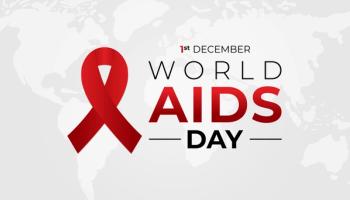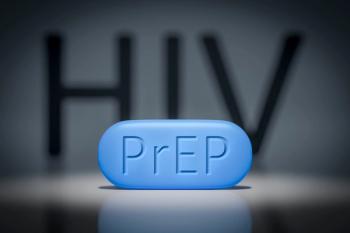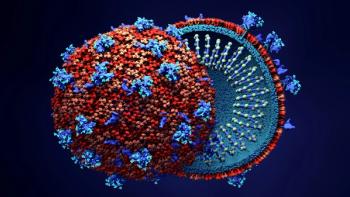
One-Quarter of Medicaid Enrollees With HIV Are Missing Out on At Least One Recommended HIV Care Service
An HHS Office of Inspector General report found that 23% were missing viral load tests, 11% were missing antiretrovials prescriptions, and 10% were missing medical visits
The goal of treatment and care for individuals living with human immunodeficiency virus (HIV) is to achieve viral suppression. The
Achieving and maintaining viral suppression prevents illness from HIV as well as transmission of the virus. Recognizing the importance of achieving that goal, the U.S. Department of Health and Human Services (HHS) has developed clinical guidelines outlining the components of care that people with HIV need to achieve and maintain viral suppression. HHS makes the following recommendations for all people with HIV: 1) manage care by attending regular medical visits with HIV providers, 2) monitor viral load to determine treatment efficacy and HIV progression, and 3) initiate and adhere to antiretroviral therapy (ART).
According to a
The agency investigated whether these individuals had Medicaid or Medicare claims data for any of the three HIV care services recommended by HHS. This comprised at least one medical visit, viral load test, and ART prescription filled at any time during 2021. Medical visits included in-person and telehealth visits.
In addition to the 27% of enrollees who did not receive at least one of the HIV services, the review found that 4% did not receive any of the recommended services.
Of those who received some services, 23% were missing viral load tests, 11% were missing ART prescriptions, and 10% were missing medical visits.
Medicaid-only enrollees were more likely to be missing at least one service compared with those enrolled in Medicaid and Medicare (33% versus 21%). Additionally, Medicaid-only enrollees were three times more likely to be missing all three services compared with Medicaid and Medicare enrollees (6% versus 2%).
The OIG researchers found these results concerning given the significant benefits afforded by viral suppression. “Enrollees without evidence of any of these services critical for people with HIV are particularly concerning. Without critical services, enrollees with HIV may not be able to achieve and maintain viral suppression. If not virally suppressed, people with HIV have levels of HIV in their body that negatively impact their health and put them at risk for transmitting HIV to HIV-negative sexual partners,” they wrote.
Their conclusion: “Our results provide a foundation for understanding the scale of potential gaps in care and where further action may be needed to ensure that Medicaid enrollees with HIV are receiving critical services to increase their likelihood of viral suppression. Future OIG work will shed light on specific challenges and strategies that impact Medicaid programs’ abilities to ensure HIV care.”
Newsletter
Get the latest industry news, event updates, and more from Managed healthcare Executive.




















































